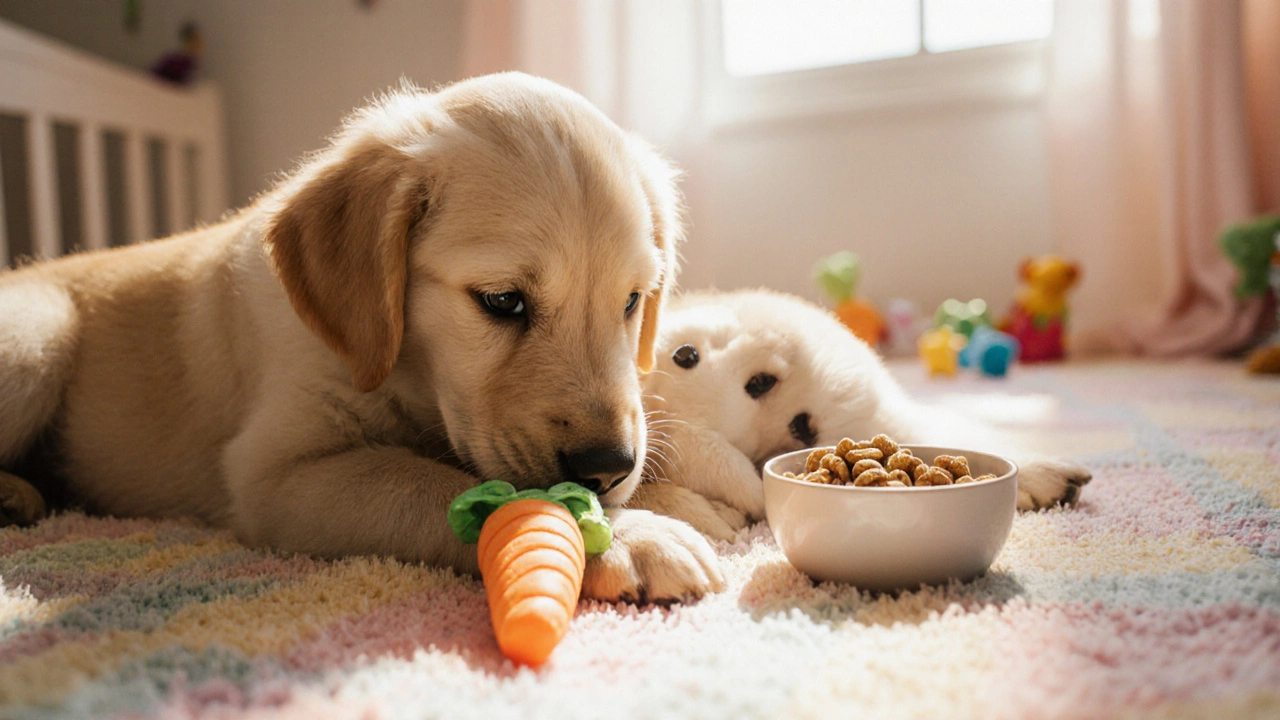Puppy Socialization: Building Confidence From Day One
When working with puppy socialization, the practice of safely exposing a young dog to new people, places, sounds and textures. Also known as early socialization, it creates the confidence needed for later learning. puppy training, basic obedience and skill building and dog behavior, the reactions a dog shows in different situations are directly influenced by how well a pup is socialized.
Why Early Socialization Matters
Research shows that puppies that meet a variety of stimuli between eight and sixteen weeks grow into calmer, more adaptable adults. In plain English, the earlier you introduce a puppy to a bustling park, a noisy garage or a friendly stranger, the less likely it will develop fear‑based aggression later. This fact creates a clear semantic triple: puppy socialization encompasses exposure to diverse environments. It also means puppy socialization requires consistent, positive experiences. When you pair new encounters with treats or praise—a technique known as positive reinforcement—you’re feeding the brain chemicals that link excitement to safety. That link is what makes the third triple work: positive reinforcement influences puppy socialization outcomes.
One practical way to get that consistency is by scheduling short, frequent outings rather than long, occasional trips. A five‑minute walk to the corner shop, a quick visit to a pet‑friendly café, and a brief play session at a dog park can together cover more ground than a single marathon adventure. Each bite‑size experience adds a layer to the puppy’s confidence map, and that map guides later decisions—like whether the dog will stay calm when the mail carrier arrives or when a new baby is introduced at home. By the time the pup reaches six months, the mental roadmap is filled with positive checkpoints, making future training sessions smoother.
Another under‑appreciated tool is a structured puppy daycare or a controlled playdate with vetted companions. These settings provide controlled social pressure: the puppy learns to read body language, to share toys, and to back off when needed. Think of it as a real‑world classroom where the teacher is the environment and the lesson is “be friendly, not fearful.” The relationship between puppy socialization and puppy daycare forms a natural entity connection—daycare provides the safe space for socialization practice, while socialization enhances the puppy’s ability to enjoy group settings without anxiety.
Now, you might wonder how to track progress. Simple checklists work wonders: note the puppy’s reaction to a stroller, a vacuum cleaner, a stranger wearing a hat, or a rainstorm. Rate each reaction on a scale from 1 (cowering) to 5 (curious). Over weeks, the numbers should climb, signaling that the socialization plan is on track. If you hit a plateau, revisit the technique—maybe the treat value isn’t high enough, or the exposure is happening too quickly. Adjust the pace, keep rewards generous, and stay patient; the brain rewires faster than you think when positive reinforcement is consistent.
All of these ideas—early outings, short‑term playdates, reward‑based exposure, and progress tracking—are woven through the articles you’ll find below. Whether you’re a first‑time puppy parent looking for a step‑by‑step guide or a seasoned dog lover fine‑tuning a specific social skill, the collection offers practical advice, real‑world stories, and expert‑backed tips. Keep reading to discover how to build a confident, well‑adjusted dog that enjoys the world instead of fearing it.
Posted By Bryndle Redding On 11 Oct 2025 Comments (0)
What Age Is the Hardest for a Puppy? A Practical Guide
Discover why the 8‑12 week period is the toughest for puppies, how adolescence adds a second challenge, and get actionable tips to ease each stage.
READ MORE